Last week, an estimated 8 million gallons of sewage spilled into the Pacific Ocean along California’s southern beaches.
The Los Angeles County Department of Public Health has since announced the bacteria levels are dangerously high and that swimming, surfing, or even wading in the water is strongly discouraged.
The 8 Million Gallon Spill
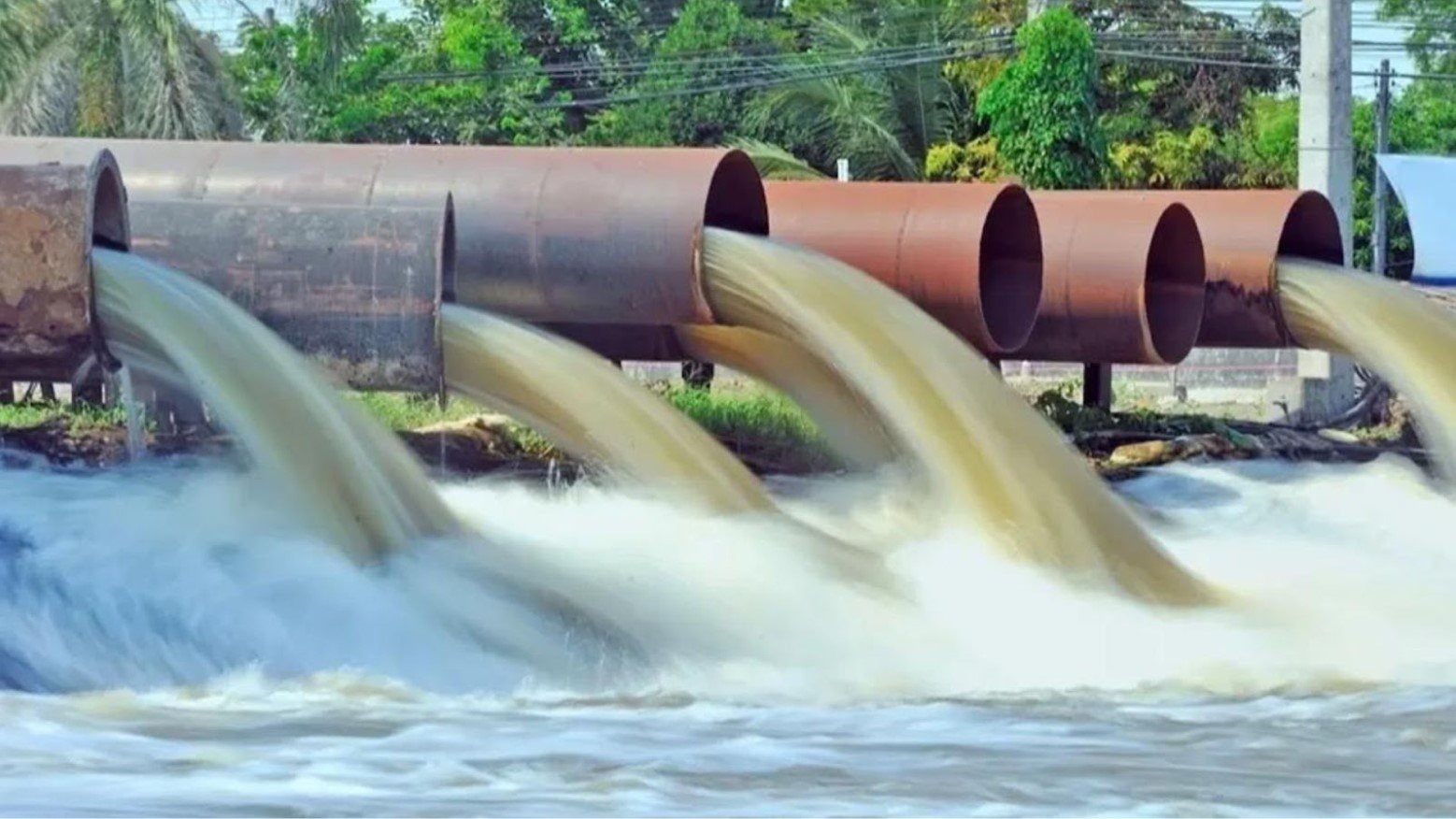
On Monday, February 5, 2024, the Los Angeles Sanitation District released a statement explaining that 8 million gallons of raw sewage had spilled into the Dominguez Channel.
The Dominguez Channel is a prominent local drainage system in LA Country, and at 15.7 miles long, it starts in Hawthorne, leads into the Los Angeles River, and empties into the Port of Los Angeles.
How the Sewage Made Its Way to the Beach
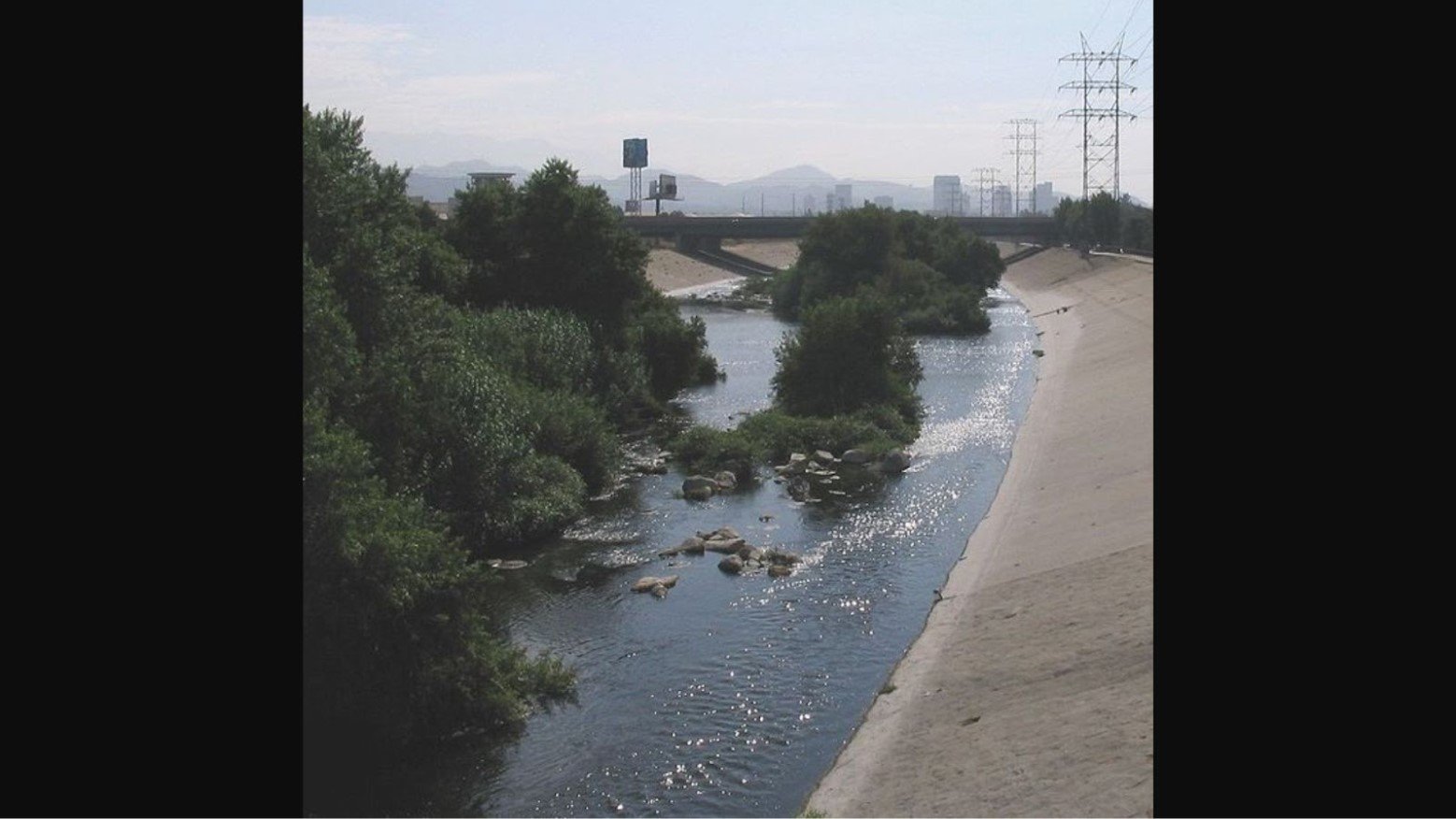
The millions of gallons of sewage, therefore, spilled over into the Los Angeles River and the port, both of which lead directly into the Pacific Ocean along the southern coast of the state.
However, it’s important to note that the spillage was not due to a human or mechanical error but because of several storms in the area over the past month. Essentially, the unprecedented rainfall made the system overflow and contaminate the surrounding waters.
Where Did the Spills Come From?
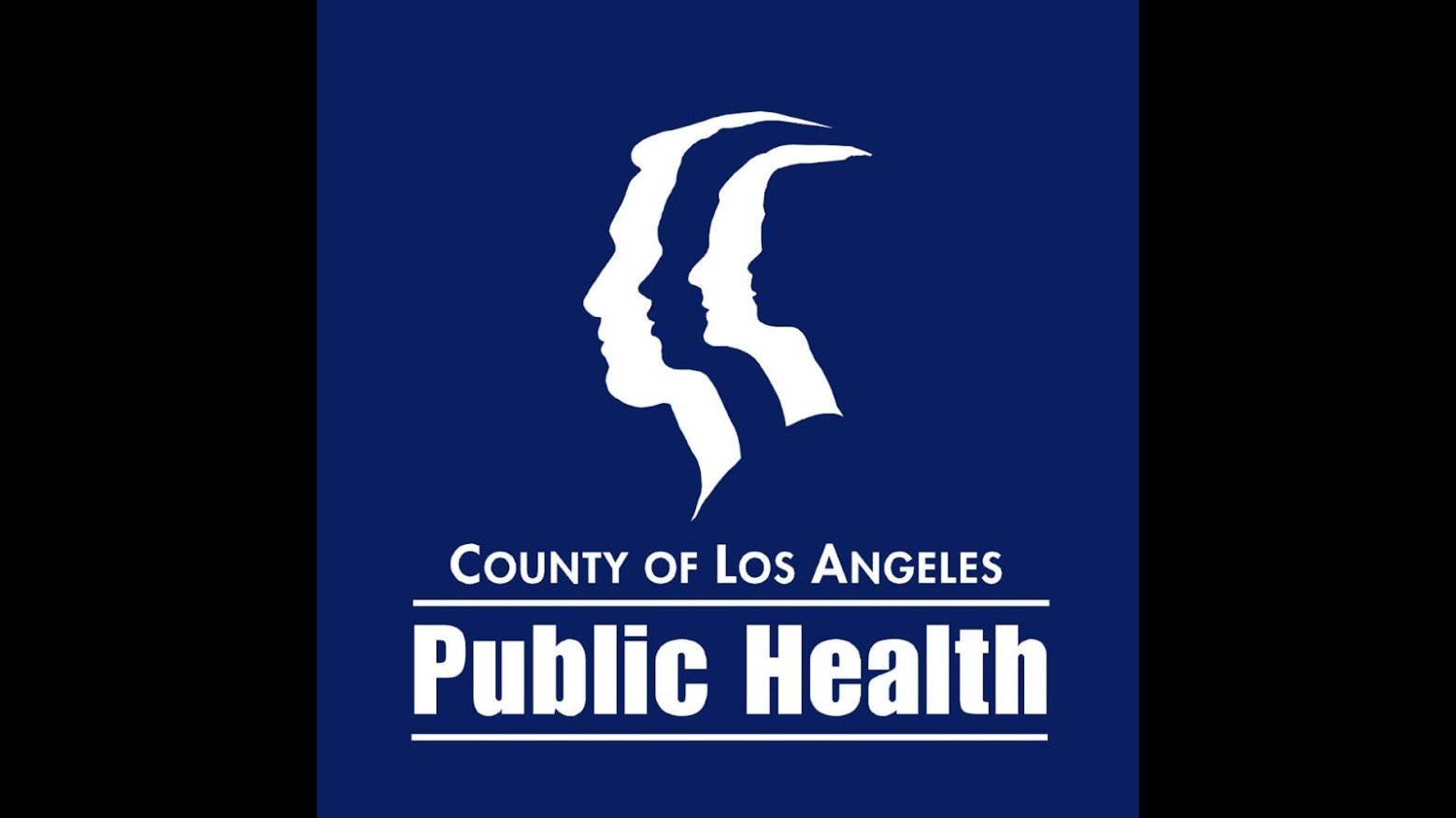
There wasn’t just one 8 million gallon spill, but several smaller spills that added up to millions of gallons.
The County of Los Angeles Department of Public Health announced that there was a 20,000-gallon spill in Long Beach, a 10,000-gallon spill in Rolling Hills, 43,000 gallons in Commerce, and another 38,000 gallons in Long Beach. As well as several more in Whittier, Long Beach, and Orange County.
Which Beaches Have Been Affected by the Spills?

Because of the sheer number of spills as well as the millions of gallons of sewage released, many of California’s beaches are now closed to the public.
Long Beach, San Pedro, Cabrillo Beach, and several stretches of coast in Orange County are all closed to swimmers and surfers until local authorities say otherwise.
Officials Strongly Urge Caution Among Residents and Visitors
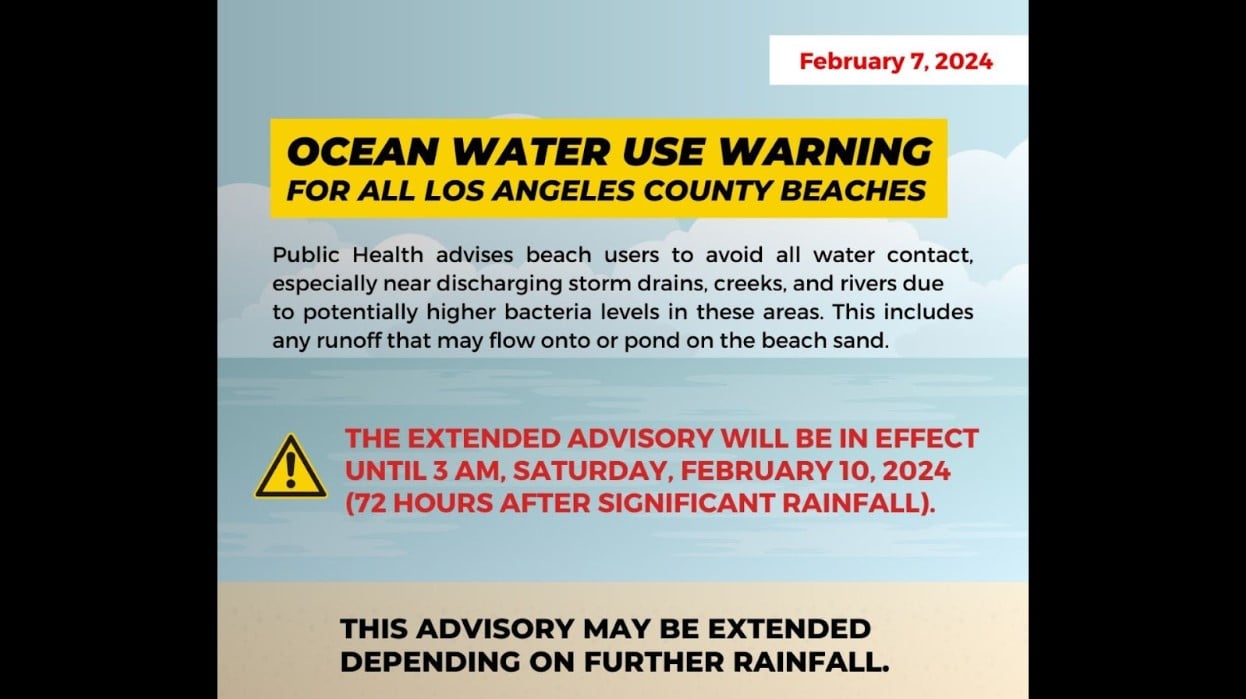
There have been several announcements on the local news and social media, as well as signs posted at every closed beach, explaining why residents and visitors need to stay out of the water.
Local officials said in a recent statement, “Out of an abundance of caution, the affected ocean water area will remain closed to swimming, surfing, and diving until the results of follow-up water quality monitoring meet acceptable standards.”
Can California Officials Reduce the Bacteria in the Water?

As many of California’s most popular beaches sit empty, many wonder how long it will take for the bacteria levels to return to normal.
However, realistically, officials cannot do anything to clean up the sewage spills. All they can do is wait until the pollution dissipates, and they can safely say the water no longer poses a health threat.
The Weather in Southern California May Lead to More Spills
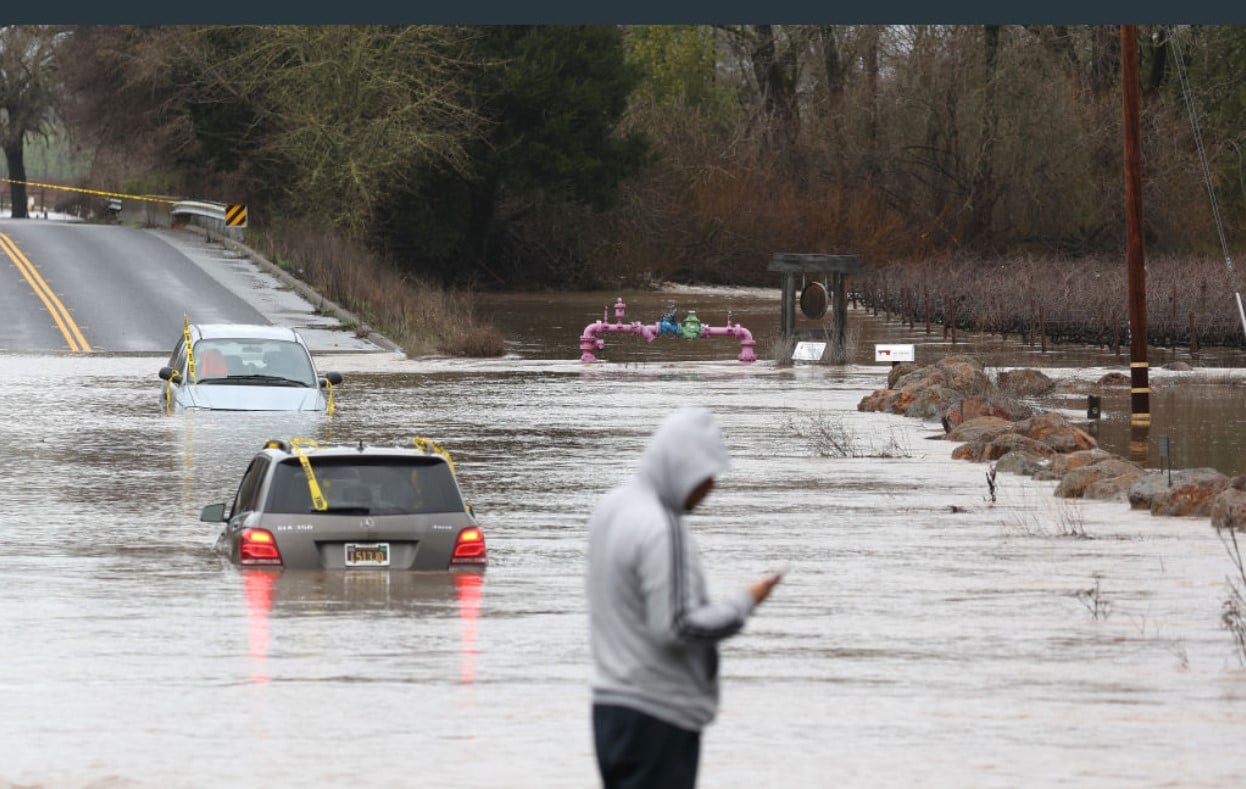
Because these massive spills were a result of extreme weather and excessive rainfall throughout the southern counties, there is nothing that state officials can do at this time to ensure it doesn’t happen again.
And with new spills still occurring, the beaches may be closed for some time until the rain lets up and the channels return to normal water level.
What Are the Dangers of Bacteria-Infested Waters?

Local California officials want residents to understand that even if they cannot physically see any problems in the water, it is still infected with an immense amount of dangerous bacteria, such as E.coli and salmonella.
A spokesperson for the Department of Health told the LA Times in an email that: “Swimming in water contaminated by pathogenic bacteria can cause illness and skin infections” and should be avoided at all costs.
Those Who Recently Swam in One of the Affected Areas Should Be On the Lookout for Symptoms
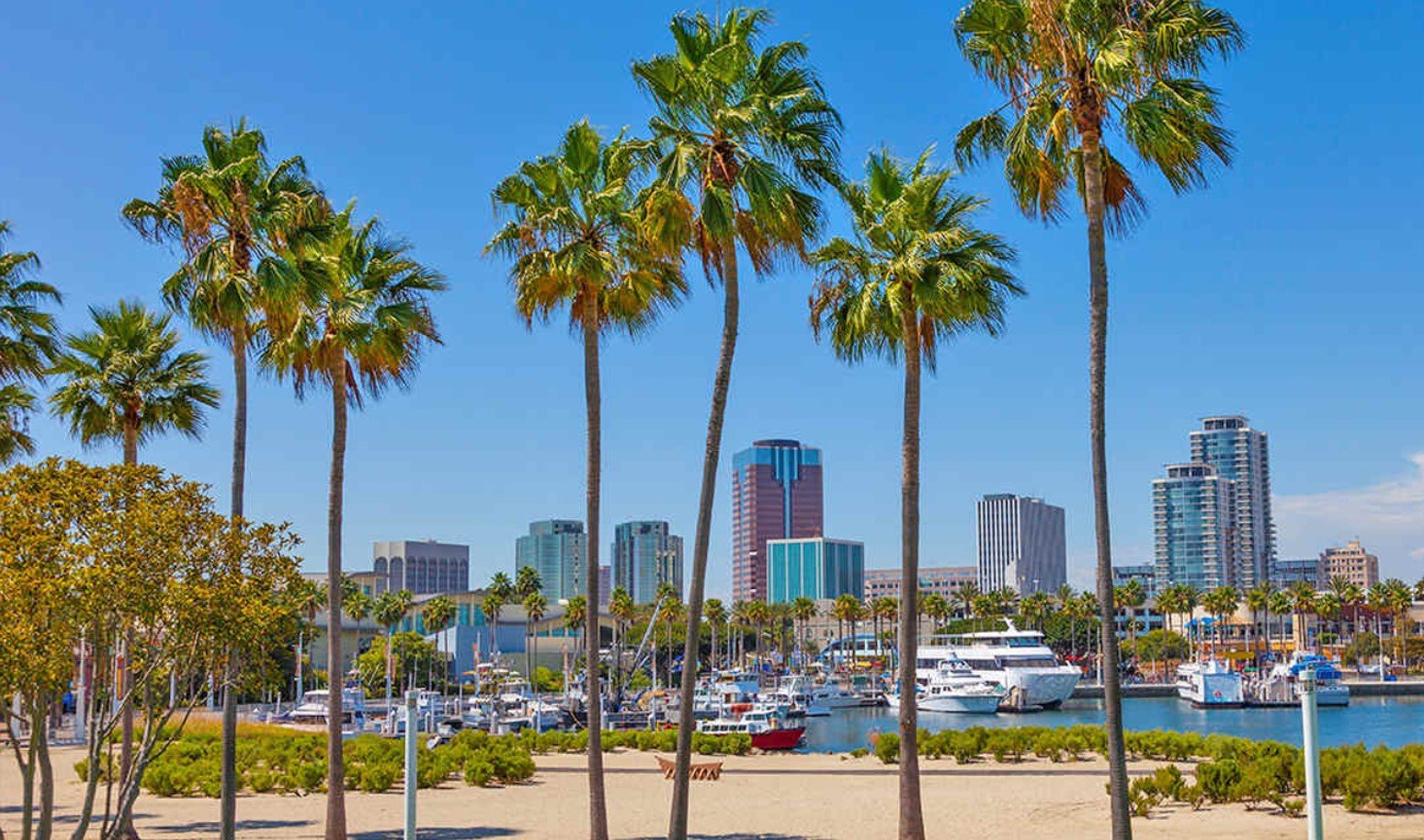
The Department of Public Health doesn’t want Calfironia residents or visitors to panic if they accidentally swam in one of the several affected beaches.
As the spokesperson explained, “While swimming-related illnesses are unpleasant, they are usually not very serious and require little or no treatment.” However, anyone who was in the water should be on the lookout for any symptoms and visit their physician should any arise.
California’s Extreme Weather Is to Blame
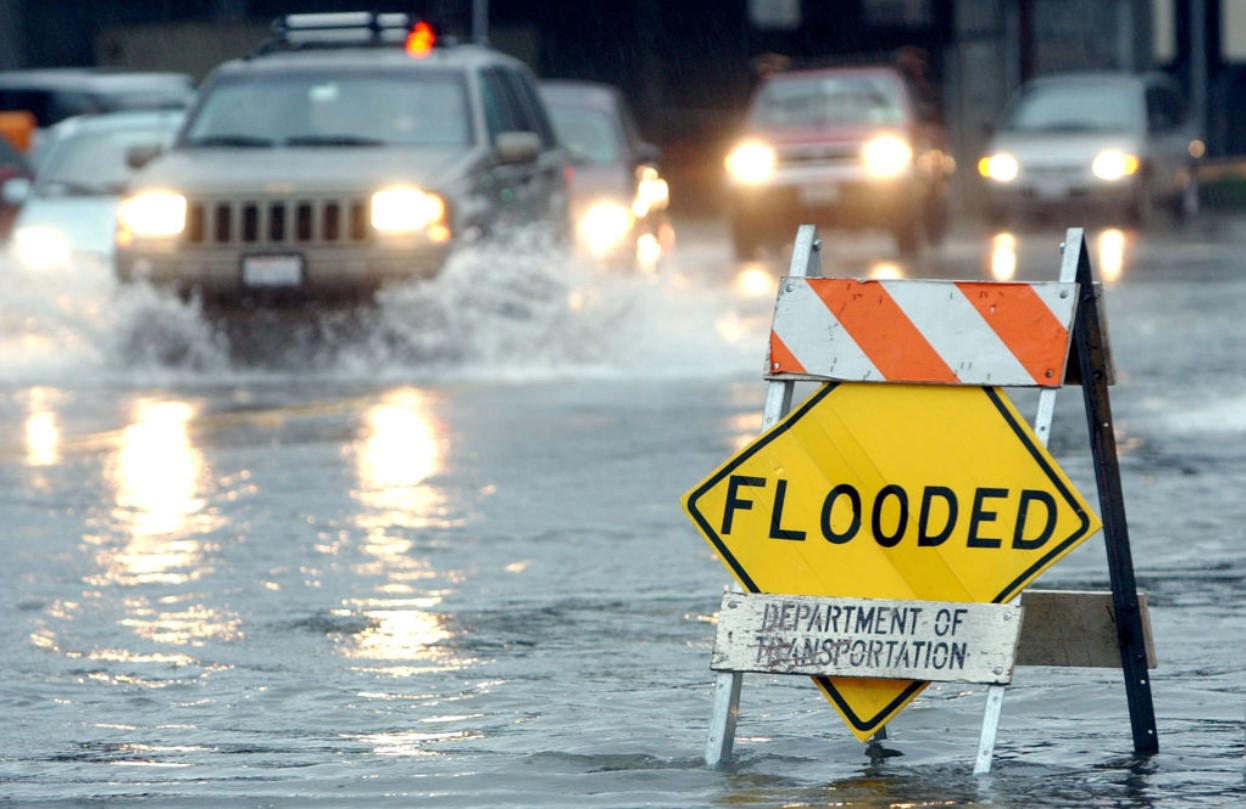
Of course, these sewage spills and consequent beach closings are frustrating for local residents. But it’s crucial to understand that this was truly a freak occurrence.
In southern California, January is typically the rainiest month. On average, the region only sees about 3.1 inches throughout the month. However, during the last week of the month, LA experienced a whopping 9.03 inches of rainfall, which is more than half of what it typically receives for the whole year.
When Will California Beaches Reopen?

So far, there have been no announcements to indicate when the water will once again be safe enough for swimmers and surfers to enjoy.
The state’s health department has said that they will continue to test the water in the affected areas and will inform residents and visitors when the bacteria levels have returned to normal. But until then, no one should be touching the water.








































